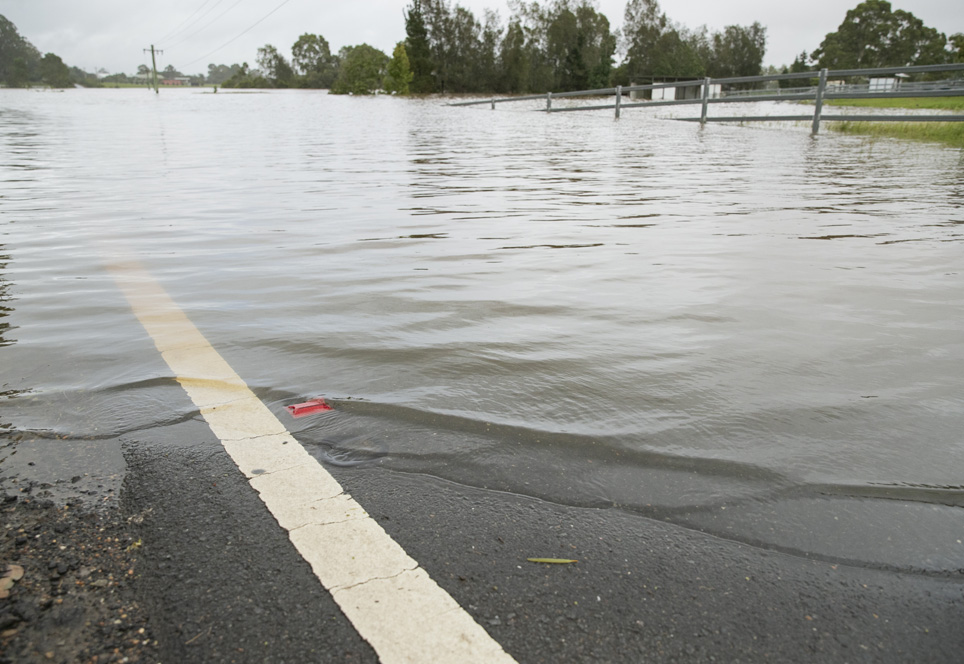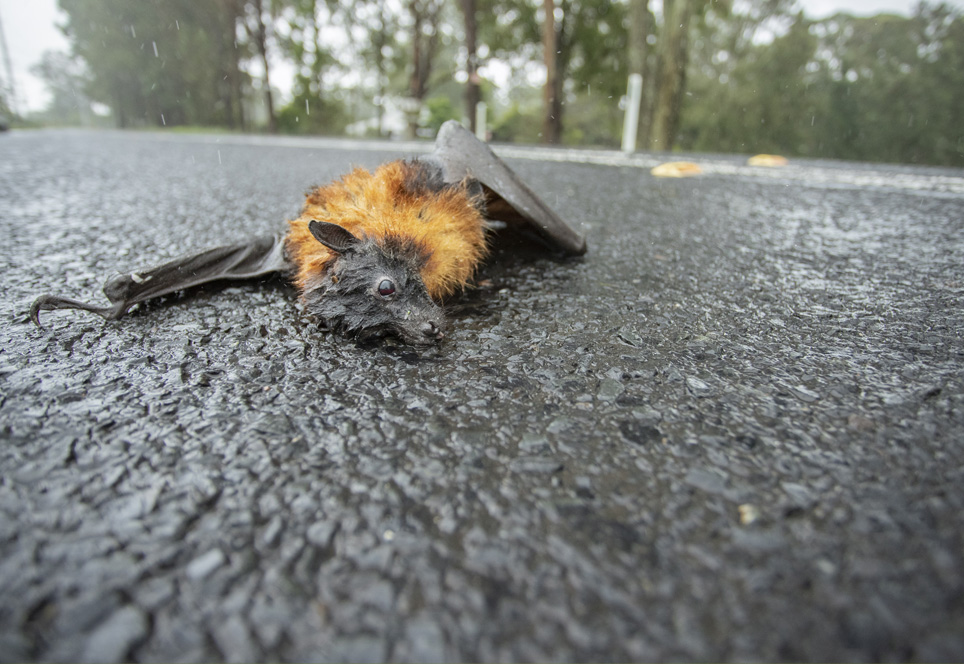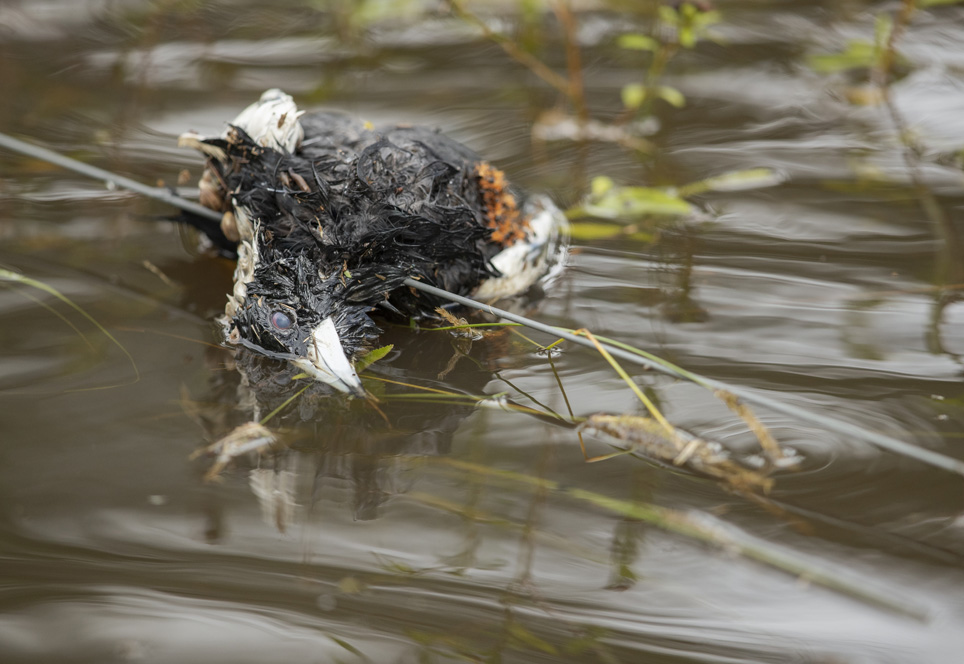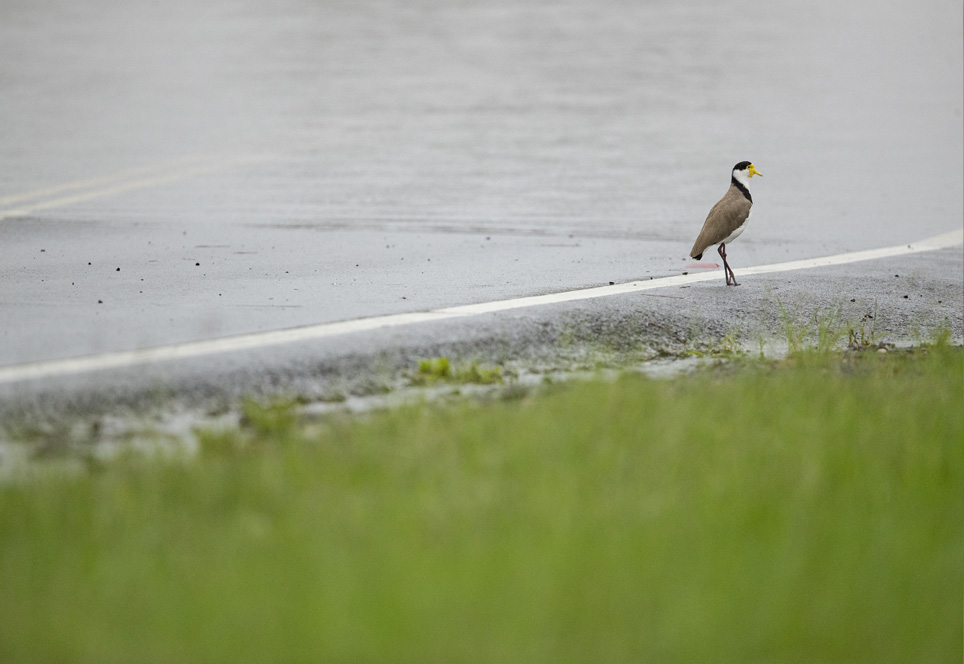A look at the floods and their environmental impact.
The Scenario.
After the continuous storms and the constant downpour, the Australian continent found itself once more in the middle of another natural disaster. Unable to escape the rising waters, people and animals were left to their luck as the flood destroyed their homes. Therefore, unfortunately, claiming hundreds of innocent lives while destroying habitats and their surroundings.
Sadly, floods like these are not an uncommon occurrence in the worldwide scenario. In Australia alone, this event represents the second consecutive year of heavy rainfall and flood damage-Hereby, doubling the habitat loss and endangering more wild species. But what lies at the root of this, and why does it keep re-occurring?

A flooded road near a local nature reserve in NSW.
The Problem.
Have you ever questioned why one summer is sometimes the warmest ever recorded or why bushfires run rampant in some parts of the world? Yes, that’s right, because of climate change and its effect on the world’s environment. Although it’s a tricky subject as there are various opinions and studies, everyone has somehow heard how the polar caps are melting or how the weather is rapidly changing.

An Eurasian Skylark pacing along the floodwater's edges.
Unfortunately, it’s all very true. Basically, with the rise of a single degree in global temperature, the atmosphere holds approximately 7% more moisture. Therefore, increasing the chance of extreme downpours that ultimately occur across the globe and destroy native fauna and flora-a horrific scenario for the environment’s sustainability.
The Impact.
Floods are one of nature’s deadliest forms of destruction. Aside from carrying cars, submerging houses, or triggering landslides, floods also entrap wildlife, waterboard animals, and wreck habitats. Tragically, leaving innocent lives hanging on by a thread for their survival while others simply perish as their bodies lay lifeless and soaked

A waterboarded grey-headed flying fox laying lifeless on the roadside.
Targeted as the primary victims, birds and marsupials utterly face the worst as their dens are flooded, food becomes scarce, and the wetness consumes them. The lucky ones flee to urbanity’s cover. Some find half-decent shelters that protect them from the rain, while others struggle in their habitat. Is this truly the best we can do for our environment?
 Falling victim to the flood's effects, a magpie lays motionless on an electrical wire.
Falling victim to the flood's effects, a magpie lays motionless on an electrical wire.
The Problem Solving.
Help during natural disasters is crucial to species survival, and there are many institutes dedicated to helping wild fauna and flora. However, even as an individual, providing shelters for an animal, checking injured wildlife for life signs, or taking the precautions for a creature to receive medical help ensures nature’s survival.
 Seeking opportunity, a masked lapwing walks along the flood's shoreline.
Seeking opportunity, a masked lapwing walks along the flood's shoreline.
Luckily, there is still hope and help for our environment. We currently lay at a crossroad where there’s an option to stubbornly proceed in our tracks or re-think our actions and decrease our carbon emissions. Actions like saving energy, eating more vegetables or even cycling to work instead of using a car help the earth massively while building hope for our future.